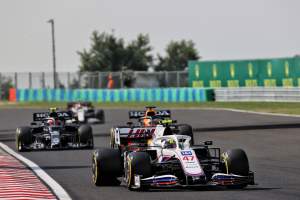Up Next

Mick Schumacher’s rookie Formula 1 season has largely been spent toiling at the back of the grid in an underdeveloped car for a Haas team that has all eyes on 2022.
But unusually for a driver in such a low-profile position, his encouraging progress has attracted plenty of attention – and not just because of his famous surname.
When Schumacher nosed into the wall while trying to keep his tyres up to temperature under the ear safety car in the Emilia Romagna Grand Prix, race engineer Gary Gannon’s reassuring and calming instructions that there was “no rush” to get back to the pits and that he would be sent out with a new nose and fresh tyres proved a hit with F1 fans.
It was exactly the tone you would expect a race engineer to use with a rookie driver who needed to be kept calm, although it’s worth noting that it wasn’t noticeably different to the calming presence Gannon was for Kevin Magnussen in 2019 and ’20, and Romain Grosjean before that. But for race engineers, mastering the art of communications is an unending challenge.
“It’s difficult and I don’t think I always have it right, I’m learning with Mick and in general when to intervene and when not to,” Gannon tells The Race.
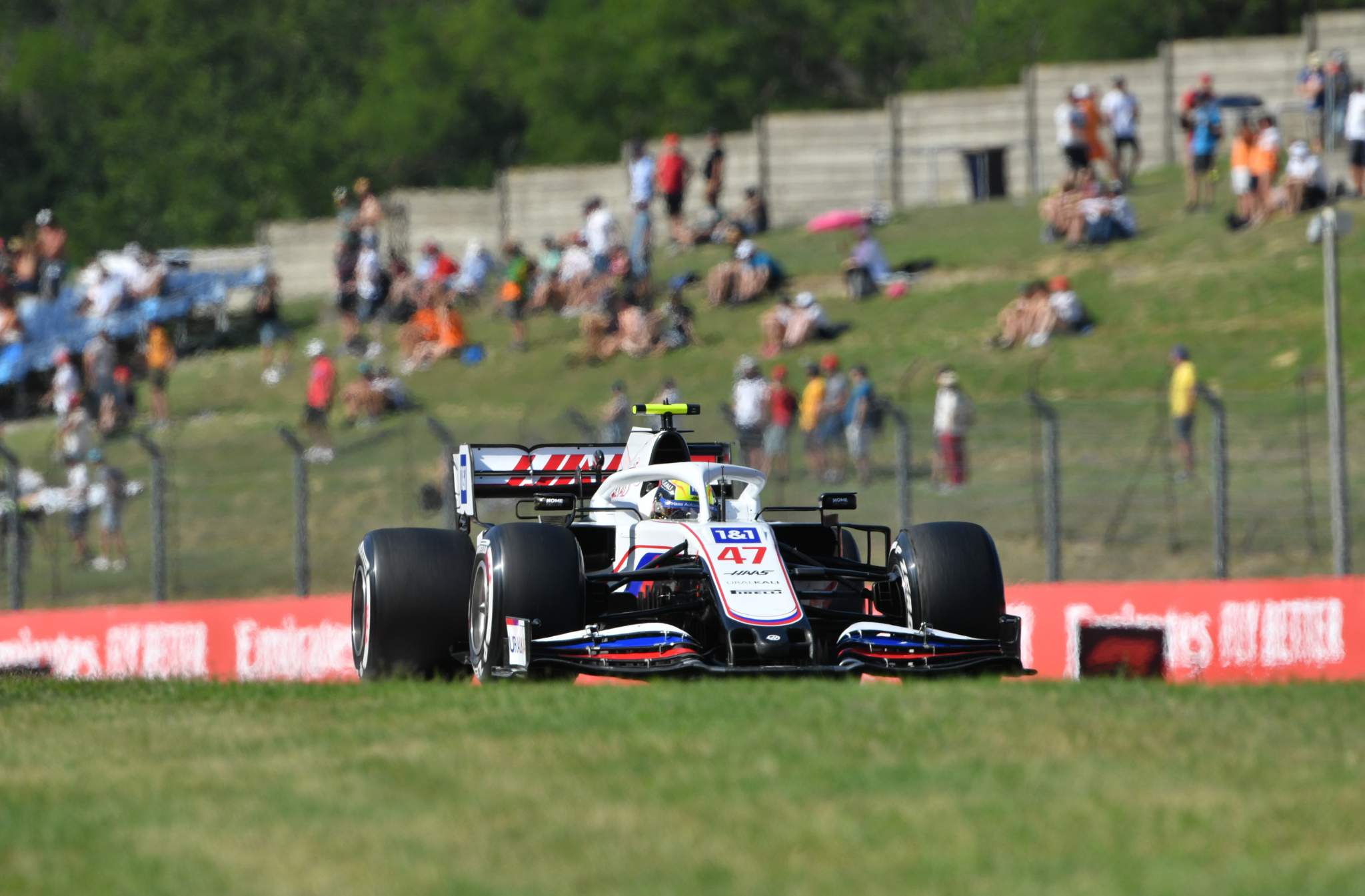
“One race, in Barcelona, we had a suggestion from the previous run. I gave it to Mick very late in the back-off lap and we both concluded it was too late. That information, however valuable it may have been to give us 0.2s by doing a line differently, was too late and disrupted his lap.
“So it is learning with him how quickly, how late I can give him input and how he can process it. Even in the garage between runs in qualifying, do I need to reset him? Do I need to tell him how much we need to gain relative to some target we have or the car ahead because if you tell him the wrong target then they’ll over push and make a mistake and ruin the lap?
“We’re constantly learning what the right level is with any driver, but with Mick this year in particular.”
Given the Haas team’s situation, it’s an unusual season both for Schumacher and Gannon. Along with team-mate Nikita Mazepin, for Schumacher it’s basically a learning year in a car that’s the slowest in the field. For Gannon, it’s about building a relationship with a newcomer, but one who has made a positive impression with his speed and intelligent approach.
But despite the rigorous preparation on both sides, the experience offset is still something that has caught Gannon out. After all, he is effectively a walking history of Haas having been there from the start, meaning he has gone through every situation going several times over. In the first half of the year, so much has been new for Schumacher and sometimes the only way to learn is to experience things.

“The surprising thing is the scenarios he hasn’t experienced before,” says Gannon (pictured above with Magnussen). “Before the season, we had a huge list of the experiences that we have built up over the years with Kevin, Romain and the other drivers and we tried to go through all those and present them to him.
“He absorbs all kinds of information, he’s a really good, quick learner but still we encounter scenarios in the race where he hasn’t encountered them before and doesn’t know what to expect. Afterwards, you go ‘ah, if I told him that, things would have gone better’ because sometimes you only have this moment to take advantage of a situation.
“So there’s been a few of those but generally, if we prepare Mick for something then he’s really good. Like all his race management details, he was already really aware of what needed to happen but he just learns each race a new management scenario.
“We have to prompt him less and less for things like the tasks he has to do in the car. They are all becoming automatic for him, which is great.”
Schumacher has not struggled to absorb information and has progressed rapidly along a steep learning curve in the 11 events held so far this season. As part of his education, Haas hasn’t been afraid to create some unusual scenarios for him to learn from, with Gannon mentioning that one such gambit might be to run with a more aggressive aero balance just so Schumacher learns to deal with it.
Generally, Schumacher takes all of this in his stride While there have been mistakes this season, notably his FP3 crashes in Monaco and Hungary that kept him out of qualifying, he’s made plenty of progress.
“We can’t really judge either driver’s ultimate pace because the car is difficult to drive.” :: Gary Gannon
Given all of this is aimed at ensuring he’s as ready for his second season as possible, it’s encouraging for Schumacher. It’s no coincidence that during the Red Bull Ring double-header, he made the biggest laptime gain of the 20 drivers from qualifying on the Styrian GP weekend to the Austrian – an improvement of six-tenths.
“The first weekend we just didn’t get the lap together,” says Gannon. “Because Mick is so good at studying and doing his homework, if you give him another chance he will very much improve if he’s made a mistake or missed an opportunity or if we didn’t give him the right aero balance.

”So with someone like Mick, the second chances are really big and can give you a big step. We always walk away from qualifying going ‘there’s this much here and this much there’, but if you show him all the things we need to do better and you give him another chance, he will do it. So he’s very clear-minded over where we can make gains and how to achieve it.”
Generally, Schumacher’s season has been a private battle with Mazepin. It’s one he’s consistently prevailed in, only twice qualifying behind (on both occasions thanks to Schumacher sustaining chassis damage in FP3 crashes). He has also finished behind twice in the races, first as a result of a temporary power unit problem in Monaco, then after Mazepin passed him at Club Corner at Silverstone shortly after the pitstops at a time when Schumacher was being cautious not to overwork his tyres.
Occasionally, there are midfield stragglers to pick off – for example, Williams driver Nicholas Latifi and fellow rookie Yuki Tsunoda – and Schumacher even reached Q2 in France thanks to a strong first run, then his own timely, but unhelpful, accident on his final run. But generally, Schumacher has been the more adaptable and consistent driver in races, especially when it comes to dealing with tyre management and blue flags compared to his team-mate.
“Mick’s attention to detail is very high,” says Gannon. “Even in the first race in Bahrain, when he had to do the blue flags, his lap after was quicker than his lap before. Usually, it’s very easy to have a very poor lap after blue flag but he had good attention on these factors from the very first race. He has only improved through the season.
“His overall awareness, attention to detail and focus throughout the race allows him to maximise those scenarios. It takes a lot of concentration to keep doing these perfect laps every lap, then have these blue and get back to that perfect lap. It is impressive that he’s able to do it.
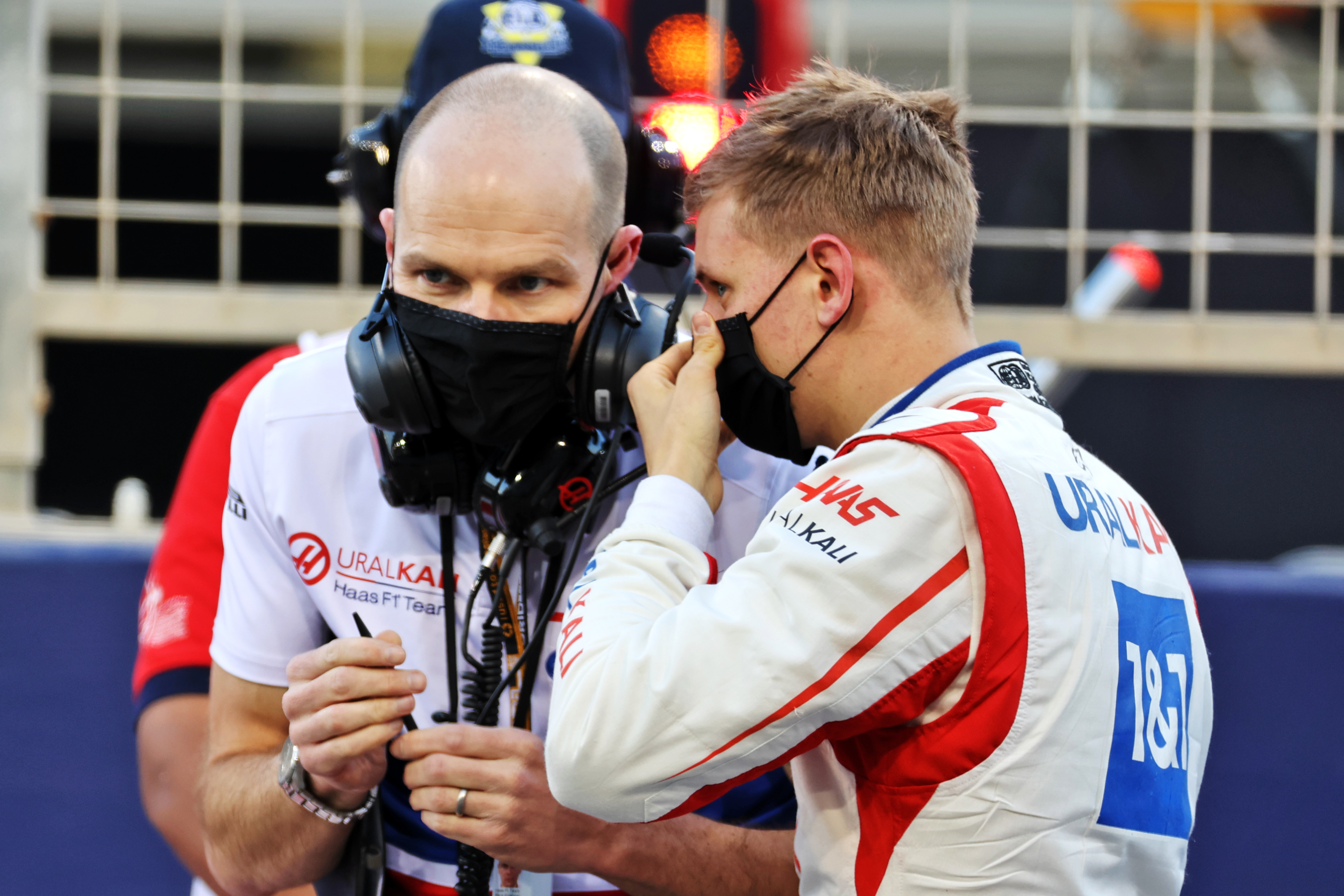
“But there’s still so many parts that we want to work on. On the inlaps and outlaps there’s always little margins to be gained and every detail we show him where he should gain, he focuses on that. So he’s really driven to extract performance from every stage of the weekend.”
It’s perhaps no surprise that Schumacher has impressed the most in race conditions given the pattern of his junior career. Historically, he’s a stronger racer than a qualifier, although it’s difficult to judge the ultimate pace of the Haas given neither driver is a proven quantity.
But the likelihood is that there is lap time in the car that’s not being exploited in qualifying yet. But whether it’s a couple of tenths or half-a-second is impossible to judge. But it’s certainly been a tricky car to drive at times.
“We can’t really judge either driver’s ultimate pace because the car is difficult to drive,” says Gannon. “Sometimes we have to run less downforce for the circuit efficiency and it makes us very much on the limit. So at a place like Silverstone, the gap opens up.
“I don’t think we have had a perfect qualifying yet, so I think he’s always improving and trying to get closer to that perfect lap. It’s quite early in the season though and we’re getting closer to that perfect lap. The expectation was it takes him a year to get close to that perfect lap and he’s improving a lot.
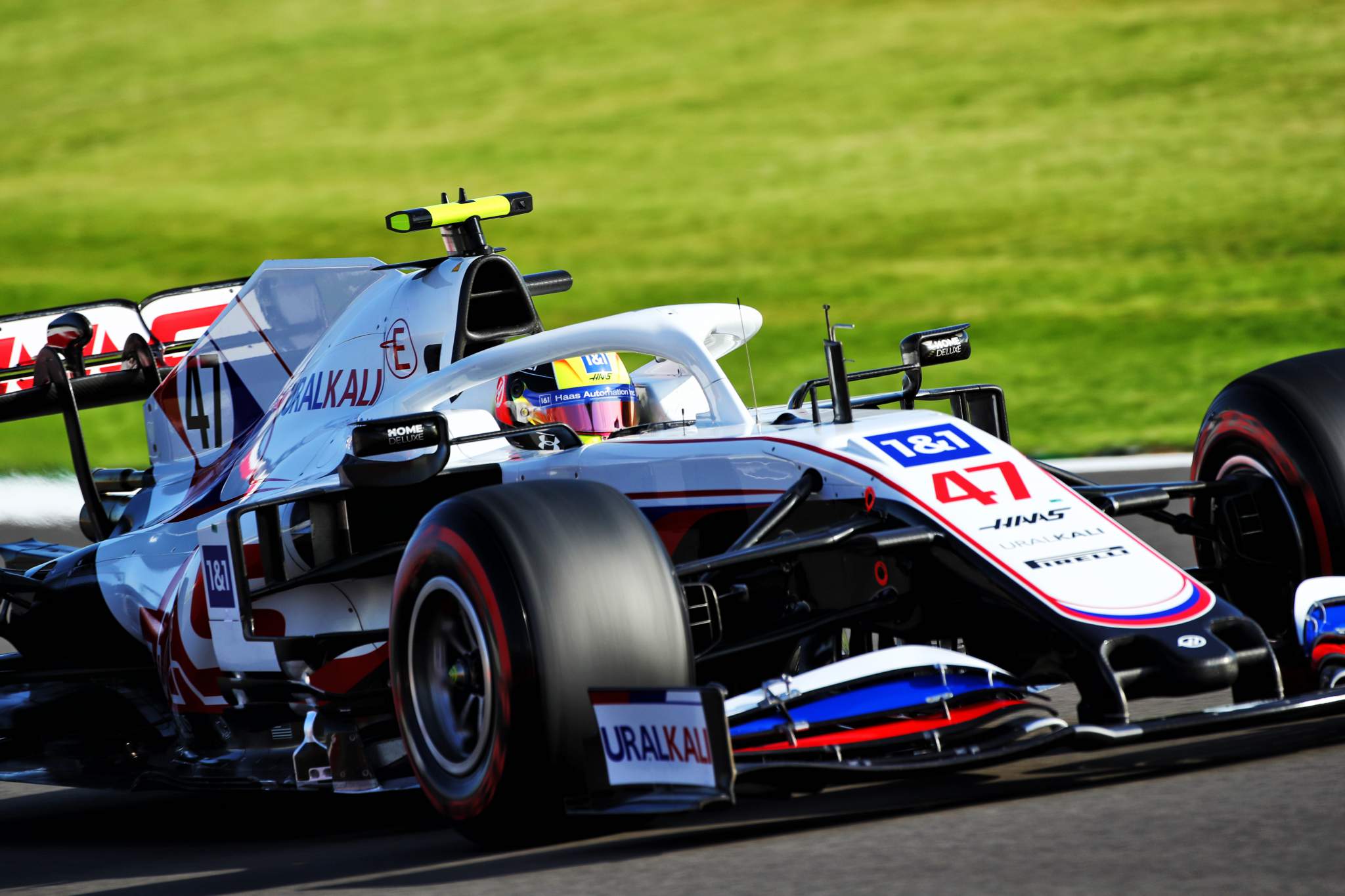
“For example, Silverstone. Again, it wasn’t satisfying because of where we were, but he improved every run, so if he’s improving every run and there’s no big mistakes then he’s getting the most out of the car.
“It’s hard to not overdrive trying to find a big leap in laptime to threaten the cars ahead, so he has to pull himself back a bit to not do that because when you do this overdrive and you are 0.7s off it looks like a failed qualifying.”
Schumacher has also made significant strides with his tyre management over race stints and appears to have avoided the trap many rookies fall into of hitting a plateau. The Pirelli tyres are capricious customers and there’s endless depth to their mysteries, but Schumacher has a good feel for the grip – so much so that Gannon admits sometimes the team should rely more on that feeling.
But overall, it appears to be a productive relationship between team and driver. Gannon himself describes Schumacher as easy to work with and it’s very obvious that having a driver who is capable of absorbing feedback in a constructive way has made what could have been a challenging season more straightforward.
“If you tell Mick to do something in these three corners he will do it,” says Gannon. “Then there will be maybe two other corners that we need to fix, but we just keep reducing the errors. So he’s very receptive to the feedback and he will clearly respond
“He is trying to extract the maximum performance out of all aspects, whether it is managing tyres, blue flag laps, the outlap, first push lap of the race, starts. We are constantly working on starts and trying to maximise all the details of that, so he’s very open to feedback and always trying to maximise all phases. We can’t give him enough info in that regard.”
The other key strength is that Schumacher has proved adaptable to the car dynamics. While Mazepin has struggled with the rear-end instability, Schumacher has dealt with it well.
That’s an encouraging sign for a driver. It’s easy to be quick with the precise car balance you require, but the best drivers must be adaptable. The limits of Schumacher’s capability in that regard are characteristic to judge, but this is a positive.
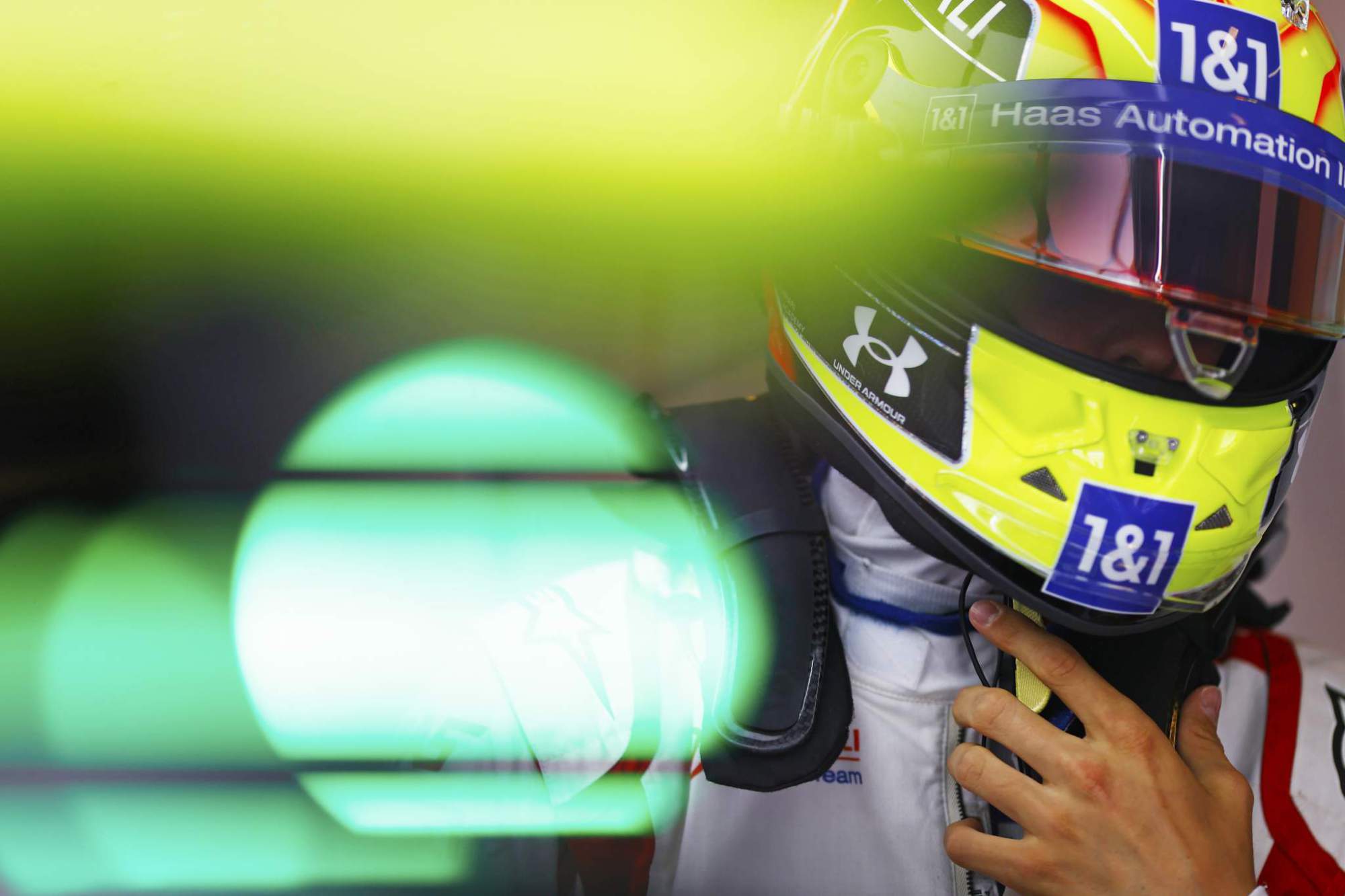
“He’s very tolerant,” says Gannon. “Sometimes we are really wary – should we do this with the flap because we don’t want to give him too much understeer? We do it and he’s like ‘it’s a lot of understeer but I can drive it’, so he’s good at making do with what we have given him.
“Now we actually say you need to push us a little bit more to say ‘I need this from the car as opposed to accepting what we have given him. There’s clear points of the weekend where he has to accept it, like once we get to FP3 he has to accept what he has and learn to drive with it whereas in FP1 he should be saying ‘my limitation is the entry stability in Turn 9’ or something
“At the beginning we just focused on driving and then we started adding setup changes and now we’re really starting to precisely understand the balance through the lap and through each corner after each session so we can give him a better car that he can maximise rather than just driving the car we have given him.”
It’s difficult to make a clear judgement on Schumacher’s rookie season so far, but there’s certainly plenty of positive signs. While it’s not been a superstar back-of-the-grid season such as Fernando Alonso’s Minardi campaign in 2001, it has at least been a decent one.
But the groundwork being done this year will be what might allow his progress to be measured with greater certainty next season should Haas once again be racing with the midfield.





